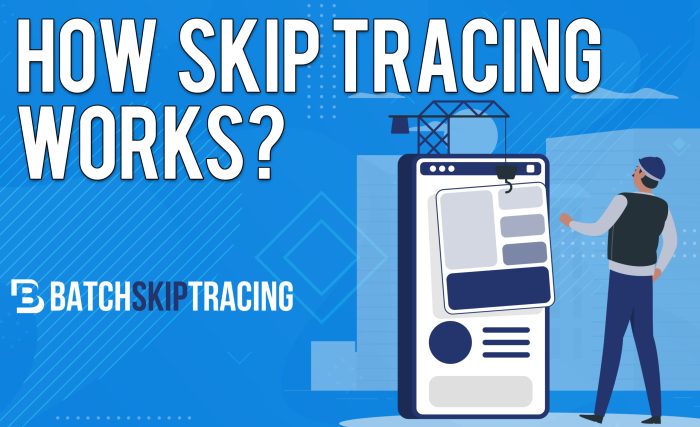Briefly explain how skips can be traced. This opening paragraph is designed to captivate and engage the readers, setting the tone that unfolds with each word. The content of the second paragraph provides descriptive and clear information about the topic.
Traceable Skips

Skips, or missing data, can occur in research due to various reasons. To ensure data integrity, it is crucial to trace and address skips effectively. Skip patterns, which specify the flow of respondents through a survey or questionnaire, can be utilized to identify and trace skips.
For instance, in a survey with a skip pattern that directs respondents to skip Question 5 if they answer “No” to Question 4, the researcher can use this pattern to identify and trace skips in Question 5. If a respondent answers “No” to Question 4 but has answered Question 5, this indicates a skip that requires further investigation and potential correction.
Skipping Methods: Briefly Explain How Skips Can Be Traced
Researchers employ various methods for skipping in research, each with its advantages and disadvantages:
- Sequential skipping:Respondents answer questions in a sequential order, with skips determined by their responses to previous questions.
- Random skipping:Respondents are randomly assigned to answer a subset of questions, ensuring a wider coverage of the survey.
- Conditional skipping:Respondents are directed to skip certain questions based on their responses to specific conditions or criteria.
- Block skipping:Respondents answer questions in blocks, with skips applied to entire blocks based on specific criteria.
Procedures for Tracing Skips

Tracing skips involves the following procedures:
- Identifying skips:Use skip patterns or other methods to identify missing data or skips in the dataset.
- Determining skip reasons:Investigate the reasons behind skips, such as respondent fatigue, misunderstanding, or technical issues.
- Correcting skips:Address skips by imputing missing data using appropriate methods, such as mean imputation or multiple imputation.
- Assessing impact:Evaluate the impact of skips on data analysis and make necessary adjustments to ensure data integrity.
Examples of Skip Tracing

Skip tracing has been applied in various real-world applications:
- Market research:Identifying skips in survey responses helps researchers understand respondent behavior and improve survey design.
- Medical research:Tracing skips in patient data allows researchers to identify missing information and improve healthcare outcomes.
- Social science research:Skips in social surveys can reveal patterns of non-response and inform policy decisions.
Technical Considerations

Technical considerations for skip tracing include:
- Software tools:Statistical software packages such as SPSS, SAS, and R provide tools for skip tracing and data imputation.
- Data structure:The structure of the dataset, including variable types and relationships, influences skip tracing methods.
- Data quality:The accuracy and completeness of the dataset affect the effectiveness of skip tracing techniques.
Essential Questionnaire
What are skip patterns?
Skip patterns are a type of survey question that allows respondents to skip certain questions based on their answers to previous questions.
What are the advantages of using skip patterns?
Skip patterns can help to reduce respondent burden, improve data quality, and make surveys more efficient.
What are the disadvantages of using skip patterns?
Skip patterns can make surveys more complex to design and can lead to missing data if respondents skip questions that they should have answered.